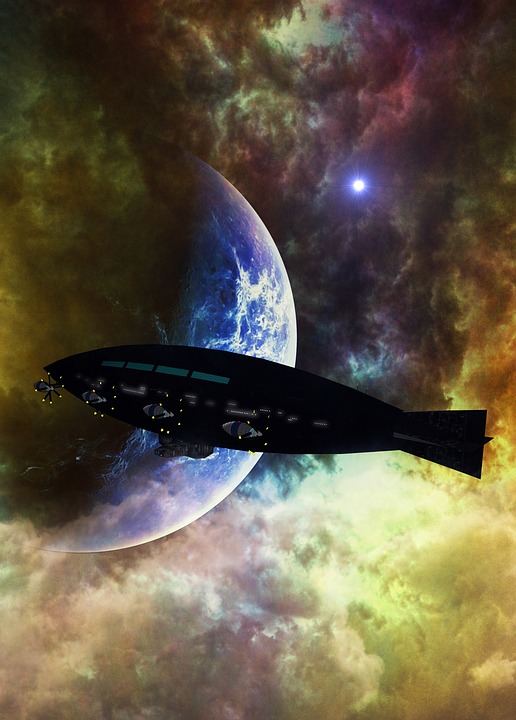Starfinder: An Updated Pathfinder for the Stars
By Juan Vasquez
Explore the galaxy with Starfinder. Photo courtesy of Pixabay.
Published on Aug. 17, Starfinder is the latest, long-awaited role-playing game from Paizo Publishing. It mixes pulp-style fantasy and derring-do sci-fi. Think “Star Wars” with more fantasy influences. Perhaps the game’s greatest strength---and some will argue, its greatest weakness---is its similarities to Pathfinder. Despite a few minor changes, if you know the rules for Pathfinder, then you will have a much easier time learning Starfinder. This makes the game not only an enjoyable read, but an absolute blast to play.
On the plus side, the game’s simple premise makes it very engaging. Much like Pathfinder, the core rules are divided into two parts, the player’s guide and the game master’s guide. This is great because you do not need three core books for players, game masters, and monsters as with Dungeons and Dragons. Players create spacefaring adventurers and romp around in a science fantasy setting akin to Spelljammer and Dragonstar.
Character creation is also very similar to Pathfinder’s; each character has a race and a class. There are there are six races in total, whose unique variety presents an amazing homage to the works that inspired the game. The character classes themselves are designed to be gaming staples and fit well within the setting---the envoy, mechanic, mystic, operative, solarian (a Jedi-style character), soldier, and technomancer.
In addition to these classes are character themes, which seem to have some similarities to characters’ backgrounds in Dungeons and Dragons 5th Edition. These include ace pilot, bounty hunter, icon, mercenary, outlaw, priest, scholar, spacefarer, and xenoseeker, and are supposed to add several customizable features to characters without being overwhelming to the player. Besides detailing a ton of gear that players can purchase, steal, etc., the book also covers rules for vehicle and space combat, which is a welcome addition.
However, its similarity to Pathfinder’s rules leads to one of the game’s biggest problems. Much like Pathfinder, Starfinder is very crunch heavy; mathematics and quick calculations play a hefty role in the game’s mechanics. For seasoned grognards, this brings very little concern, but for the uninitiated, this can easily be a baptism by fire, especially if this is their first attempt at role playing.
In terms of presentation, however, the art is much better than the iconic masterpiece of the Pathfinder core rules cover art. With no disrespect to Wayne Reynolds (artist of the Pathfinder core rulebook), the art presented in Starfinder is sleek and modern. Given that the book’s artwork is full-color and presented throughout the book, Starfinder gets high marks for its production value.
Overall, I am in love with Starfinder and I look forward to running a few games. Sure, it is a bit on the “Mathfinder” side, and some of the subtle rule changes may leave you scratching your head. Despite these details, the game is a welcome addition to any gamer’s library.

